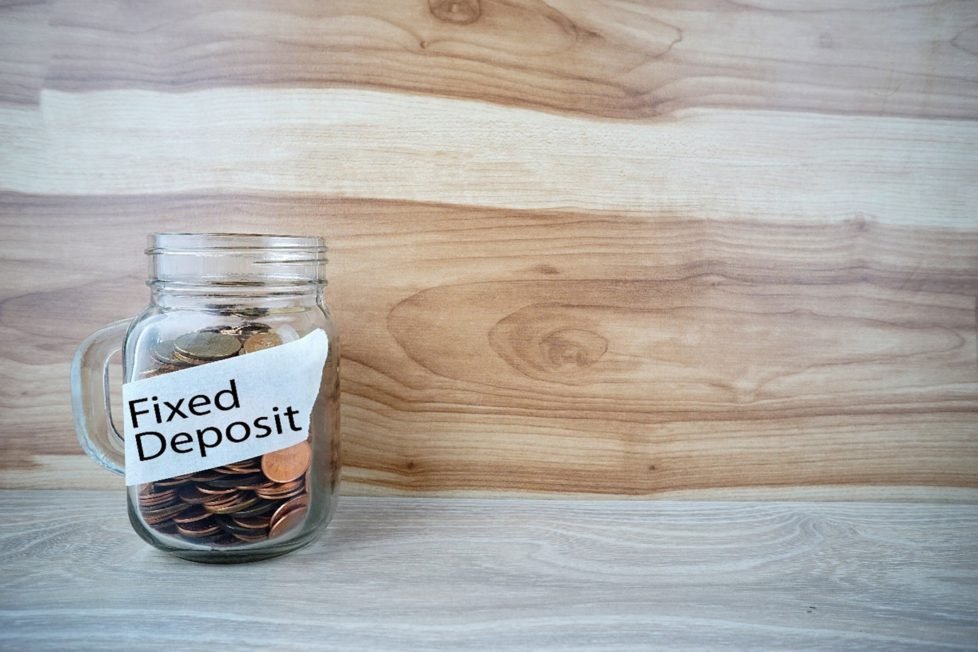Here’s All You Need to Know About the FD Interest Calculator


One of the most well-liked ways to save money is to open a fixed deposit (FD) account. You can deposit a significant sum of money for a set length of time into an FD, a form of savings account. An FD account is a popular option for savers because the interest rate is typically higher than that of a standard savings account.

The bank, the amount deposited, and the length of the deposit all affect the FD interest rates. You can use an FD interest calculator to determine how much interest you’ll get on your FD account.
You will learn about the FD interest calculator in this post, along with a step-by-step tutorial on how to use it.
What is an FD Interest Calculator?
A fixed deposit investor can estimate the maturity amount of an FD for a fixed tenure using the FD Interest calculator. In addition, the interest income can be predicted using an FD interest calculator before investing. The investment amount, current interest rate, and duration are entered into the calculator. The outputs include the wealth accumulated at maturity.
The FD Interest calculator does not guarantee or make any claims regarding the value estimated based on the supplied inputs; it just provides an estimate of wealth gained.
Benefits of FD Interest Calculator
Some of the key advantages of using the FD Interest Calculator right now are listed below.:
Since it’s an automatic calculator, there are no potential errors.
The tool is free of charge, so clients can use it numerous times and compare returns for various combinations of FD rates, tenure, and amount. Zeroing-in of time-consuming calculations for multiple tenures, amounts, and rates, thereby saving effort and time.
Why use FD Interest Calculator?
Investing in an FD requires one to consider their budget and make it work with their financial objectives, just like any other financial decision. There is still a significant risk when investing in the market (like stock mutual funds). However, up to a certain point, your investment in an FD can help absorb losses.
You should know how much to deposit into your FD account. Using a FD Interest calculator also makes it easier to compare the many FD plans that banks and other financial institutions offer.
How to use FD Interest Calculator?
The instructions listed below should help you use the FD Interest calculator:
In the first field, type the deposit amount (Fixed Deposit Amount), the following field should contain the interest rate (Rate of Interest). Type in the tenure duration (the period for which you want FD to be active). Don’t forget to click “Calculate.”
Below, the FD Interest Calculator tool will show the table of the estimated maturity amount. Along with the maturity amount, there is a column where you may view the entire interest amount.
How is FD Interest Calculated?
You can use both simple and compound interest to calculate the interest on a fixed deposit.
Simple Interest
Simple interest is the interest received on a financial investment over a predetermined time at a predetermined interest rate. It is determined by multiplying the loan’s principal, annual interest rate, and the number of years the deposit will stay in.
Formula to calculate FD Interest:
SI = P x R x T/ 100
SI= Simple Interest
P= Principal Amount
R= Interest Rate
T= Time duration
Compound Interest
The interest earned on principal and interest is known as compound interest. It is determined by multiplying the principal amount by the interest rate multiplied by the number of periods during the years the interest will accumulate.
Formula to calculate FD Interest:
A = P (1+r/n) ^ (n * t)
A= Maturity Amount
P= Principal Amount
r= Interest Rate
n= Number of Compounding in a Year
t= Time Duration
Conclusion:
Anyone wishing to invest in a fixed deposit will find the FD Interest Calculator a handy tool. It is quick and straightforward to use and offers reliable information on interest rates. Additionally, it’s crucial to remember that there are other considerations to make other than the interest rate when selecting a fixed deposit. Other elements, including the deposit’s term, size, and stability of the bank, should also be considered.
The bank you select, and the market state are two variables that will affect your actual interest rate. Therefore, before you make a choice, it is best to inquire with a few different banks to obtain the most accurate quotation.
DISCLAIMER: The author is solely responsible for the views expressed in this article. The author carries the responsibility for citing and/or licensing of images utilized within the text.
